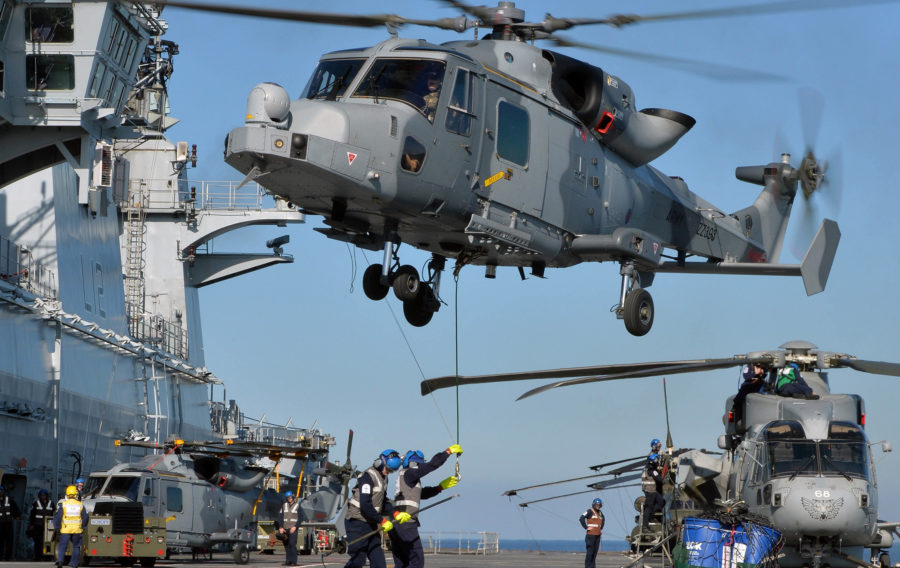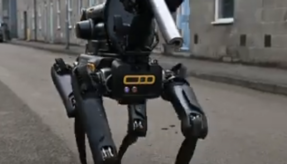
Specialists from the Defence Science and Technology Laboratory (Dstl) tested NATO’s strategic communications during Exercise Trident Juncture.
The biggest NATO exercise since 2015 saw around 50,000 troops deploy to Norway and Iceland for the three-month-long training, with Dstl spending five weeks on the exercise.
Dstl worked with NATO’s Public Diplomacy Division, the Joint Warfare Centre and Supreme Allied Command Transformation to deliver an assessment of the tools NATO used for public engagement around the exercise. Results revealed better public engagement, as well as the development of a framework, which will allow NATO to achieve the ‘information advantage.’

DPRTE Official Partner: Dstl
The work involved tracking hashtags and sentiment, monitoring the information environment and advising NATO on how to gain traction and impact with its online presence. Analysis of external media was also tracked, alongside NATO’s own communications about the exercise.
A strategic communications specialist from Dstl said: “This is about winning the information war, as well as the frontline one. We need to combine what we know about both elements to be successful. Online media has changed the way we do business in this area.
“We provided evidence which changed the way NATO did business in terms of their external communications for that exercise, and for future processes. In five weeks we were able to identify, analyse and assess, and then advise NATO communicators on how to use online media to their best advantage.
“The impact was huge; we effected significant change in terms of cut-through of positive messaging about NATO.”
image © Crown Copyright
If you would like to join our community and read more articles like this then please click here.
Book your place at DPRTE 2019 now: www.dprte.co.uk/book-now
To discuss sponsorship or exhibition opportunities at DPRTE please contact the team today 0845 270 7066 or exhibitions@dprte.co.uk
communications Defence Science and Technology Laboratory Dstl NATO







